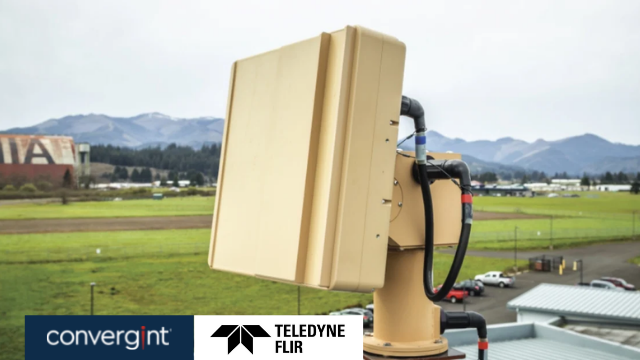What is a UAS threat?
The explosive growth in unmanned systems has caused concerns to grow around the threat drones pose to both civilian and military entities. In recent years there has been a shift away from the familiar Industrial Era towards emerging, autonomous technologies. such as artificial intelligence (AI), and machine learning (ML). As technology advances so does the threat posed, particularly when we look at the fast pace in which the UAS market is growing. The use of unauthorized drones in the air space above critical infrastructures such as airports, power plants, and oil and gas refineries is a threat that needs to be detected, assessed, and mitigated in real-time.
Detect, identify, track, mitigate
To address the growing concerns around drone usage, Teledyne FLIR has brought together the best in surveillance, specialized radars, and long-range cameras, and paired them with complimentary 3rd party RF detection systems and effectors in an integrated platform, so that they can offer a uniquely optimized, multi-layered counter-drone solution. Even better, this solution is capable of detecting commercial drones or DIY devices, regardless of whether they are actively controlled or flying by GPS coordinates. Teledyne FLIR’s solution has integration with several different mitigation technologies when needed.
How it works








